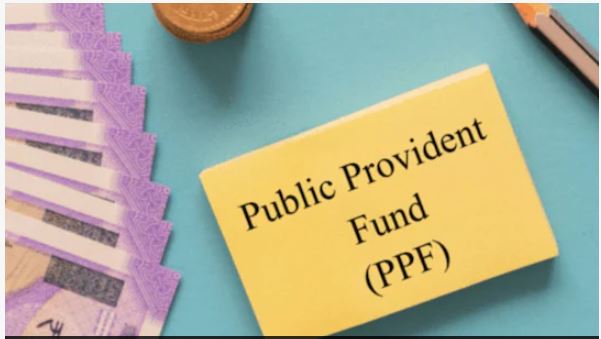
The interest rates of small savings schemes have remained stable for 7 consecutive quarters.
Since reducing the interest rates of EPF, the government is saying that they are still higher than the interest of banks. Now the Reserve Bank has said that the rates of small savings are high. Due to this, the possibility of reduction in them has increased.
After reducing the interest rates on EPF (Employee Provident Fund), it is now feared that the central government may also cut the interest rates of small savings schemes.
For the first quarter of the financial year 2022-23, the government will review the interest rates of these schemes on March 31.
The Employees’ Provident Fund Organization (EPFO) has reduced the interest rate on EPF to 8.1 percent for the financial year 2021-22. Earlier it was 8.5 percent.
Amidst these questions and apprehensions, the Reserve Bank of India (RBI), on its part, has
clarified that the interest rates of small savings schemes are still high. The Reserve Bank of India (RBI) has said in the State of Economy report that the Government of India had
reviewed the interest rates of small savings schemes on December 31, 2021. There was no change in their interest rates for the 7th consecutive quarter.
On which scheme, how
much interest is being received in small savings schemes, currently the highest interest is being received in Sukanya Samridhi Yojna? In this, 7.6 percent interest is being given. This scheme, which secures the future of daughters, has been started under Beti Bachao-Beti Padhao.
Similarly, 7.4 percent interest is being available on Senior Citizen Saving Scheme (SCSS) for senior citizens. Whereas 7.1 percent interest is being given on Public Provident Fund (PPF).
The government is giving 4 percent annual interest on the post office savings account included in other small savings schemes. Interest is 5.8 percent on post office RD account for 5 years and 5.5-6.7 percent on time deposit account.
The current interest rate is 6.6 percent on Post Office Monthly Income Scheme (MIS) account, 6.8 percent on National Savings Certificates (NSC) and 6.9 percent on Kisan Vikas Patra (KVP).
Rising Rates of Fixed Deposits
So far this month, many big banks in the public and private sector have increased the interest rates of fixed deposits (FD). The RBI report says that private banks are paying more interest on FDs than public sector banks.
In the recent months, banks have increased FD interest rates in the hope of increasing the demand for loans and increasing it further in the coming times.